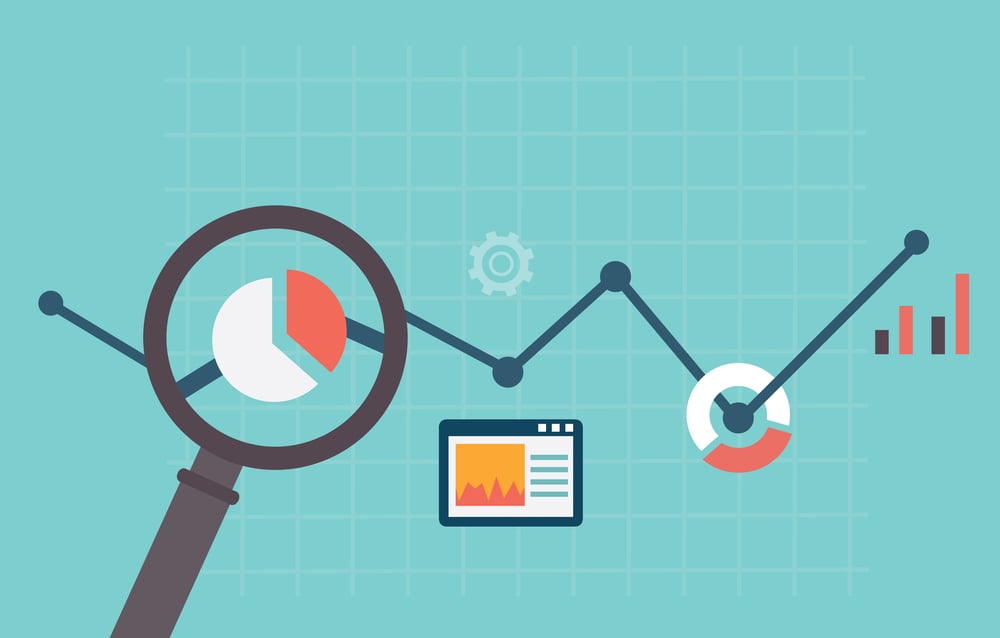Hey there, fellow data enthusiasts! At US-Analytics, we're always committed to keeping you in the loop with the latest updates and guidelines in the world of Oracle Business Intelligence (BI). Today, we're diving into some crucial upgrade guidelines for both Oracle Business Intelligence Enterprise Edition (OBIEE) and Oracle Business Intelligence Applications (OBIA), along with key dates and versions you need to know about. Let's get started!
Upgrade Guidelines for OBIEE and OBIA
Oracle recently released important upgrade guidelines for OBIEE and OBIA, ensuring users stay within Oracle support and benefit from the latest features and enhancements. Here's what you need to know:
- OBIEE Upgrade: If you're using OBIEE, it's essential to plan your upgrade to the latest version, especially if you're on version 12.2.1.x. Premier Support for OBIEE 12.2.1.x ended in April 2018, with Extended Support set to end in December 2025.
- OBIA Upgrade: Similarly, for those leveraging Oracle Business Intelligence Applications, Oracle has outlined specific upgrade paths. For instance, there's a direct upgrade path from BI APPS 11.1.1.9.2 & 11.1.1.10.1 releases to OBIA 11.1.1.10.3 PS4, which is now available via My Oracle Support (Doc ID 2939101.1). This upgrade ensures you're on a supported version with access to the latest features.
Important Versions and Dates
Understanding key versions and dates is crucial for planning your upgrade strategy effectively. Here are some important versions and dates to keep in mind:
- Support Policy: Pay attention to Oracle's support policy, which outlines support timelines for different OBIEE and OBIA versions. For instance, Oracle plans to support OBIA 11.1.1.10.3 through at least 2031, providing ample time for customers to realize return on investment.
OBIEE:
- Premier Support: OBIEE 12.2.1.x received Premier Support from October 2015 until April 2018, with Extended Support ending in December 2025.
- Error Correction Support Dates:
- OBIEE 12.2.1.4 on FMW 12.2.1.4 (GA: Feb. '24): Error correction support ends in December 2025
- OBIEE 12.2.1.3: Error correction support ended in December 2022.
- End of Error Correction Support: Oracle will discontinue providing patches, fixes, and updates for versions where error correction support has ended.
- Encouragement to Upgrade: Users are encouraged to migrate or upgrade to newer versions or Oracle Analytics Server/Cloud (OAS, OAC) for continued support and access to modern features.
OBIA:
- Upgrade Reference Document: A direct upgrade from BI APPS 11.1.1.9.2 & 11.1.1.10.1 releases to OBIA 11.1.1.10.3 PS4 is available (Reference Document: My Oracle Support Doc ID 2939101.1).
- Support and Upgrade Guidelines:
- Customers are encouraged to upgrade existing OBIA 11.1.1.10.3 PS3 to the latest release 11.1.1.10.3 PS4 before the end of December 2024.
- Oracle will not provide new fixes or certify platform patches for 11.1.1.10.3 (FMW 12.2.1.3) old releases after July 2023.
- Extended Support for OBIA 11.1.10.2 expired in December 2023, with no plans for further extension. Customers are advised to upgrade to 11.1.1.10.3 PS4.
- Oracle BI Applications 11g customers are strongly encouraged to upgrade to release 11.1.1.10.3 before support expiration.
- PatchBundle (PB5) will be the last bundle delivered for 11.1.1.10.3 PS3 in January 2024, with subsequent bundles delivered only for 11.1.1.10.3 PS4.
- Support Policy: Oracle intends to support the new planned point release through at least 2031, providing an extensive timeline for customer ROI.
How US-Analytics Can Help
At US-Analytics, we understand the importance of staying within Oracle support while maximizing the value of your BI investments. Our team of experts is here to assist you every step of the way, from planning and executing your upgrade to optimizing your BI environment for peak performance. Whether you're considering an OBIEE upgrade or transitioning to the latest OBIA version, we've got you covered.
In conclusion, staying informed about upgrade guidelines and important versions and dates is key to ensuring your BI environment remains supported and optimized for success. Reach out to us at US-Analytics, and let's embark on this upgrade journey together! Remember, when it comes to Oracle BI, knowledge is power. Stay informed, stay supported, and let's unlock the full potential of your data-driven journey together!





